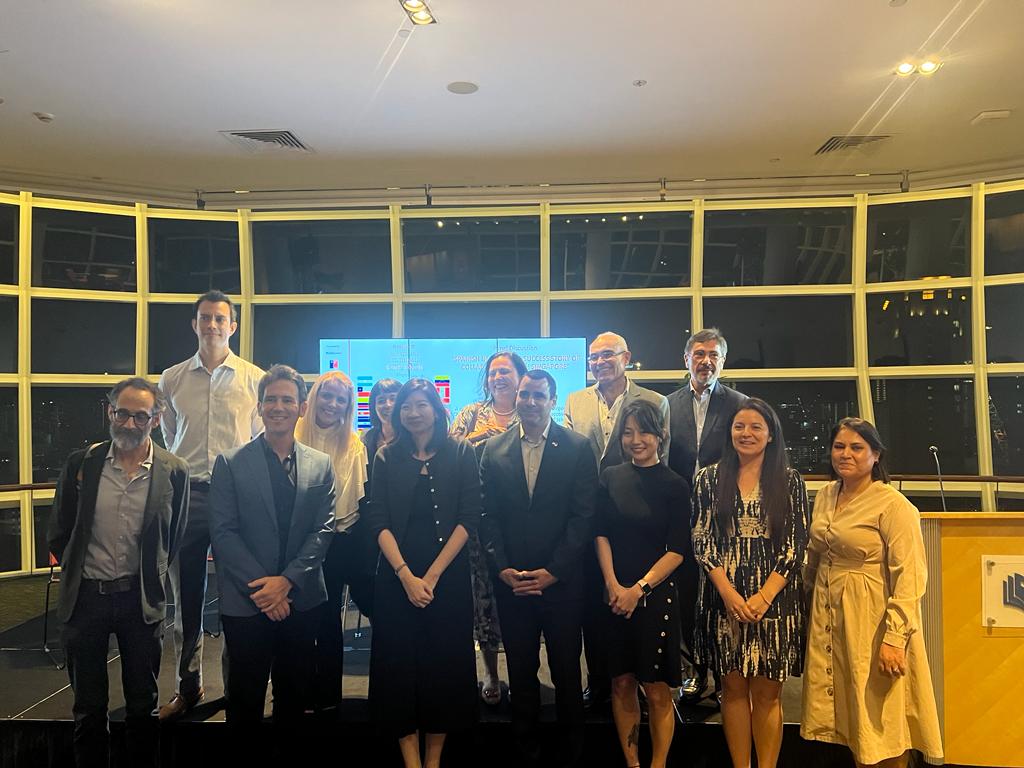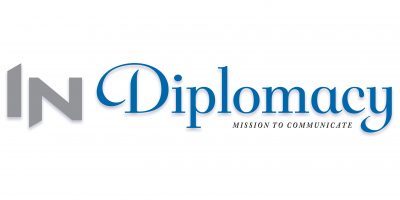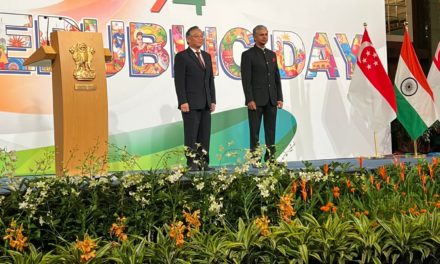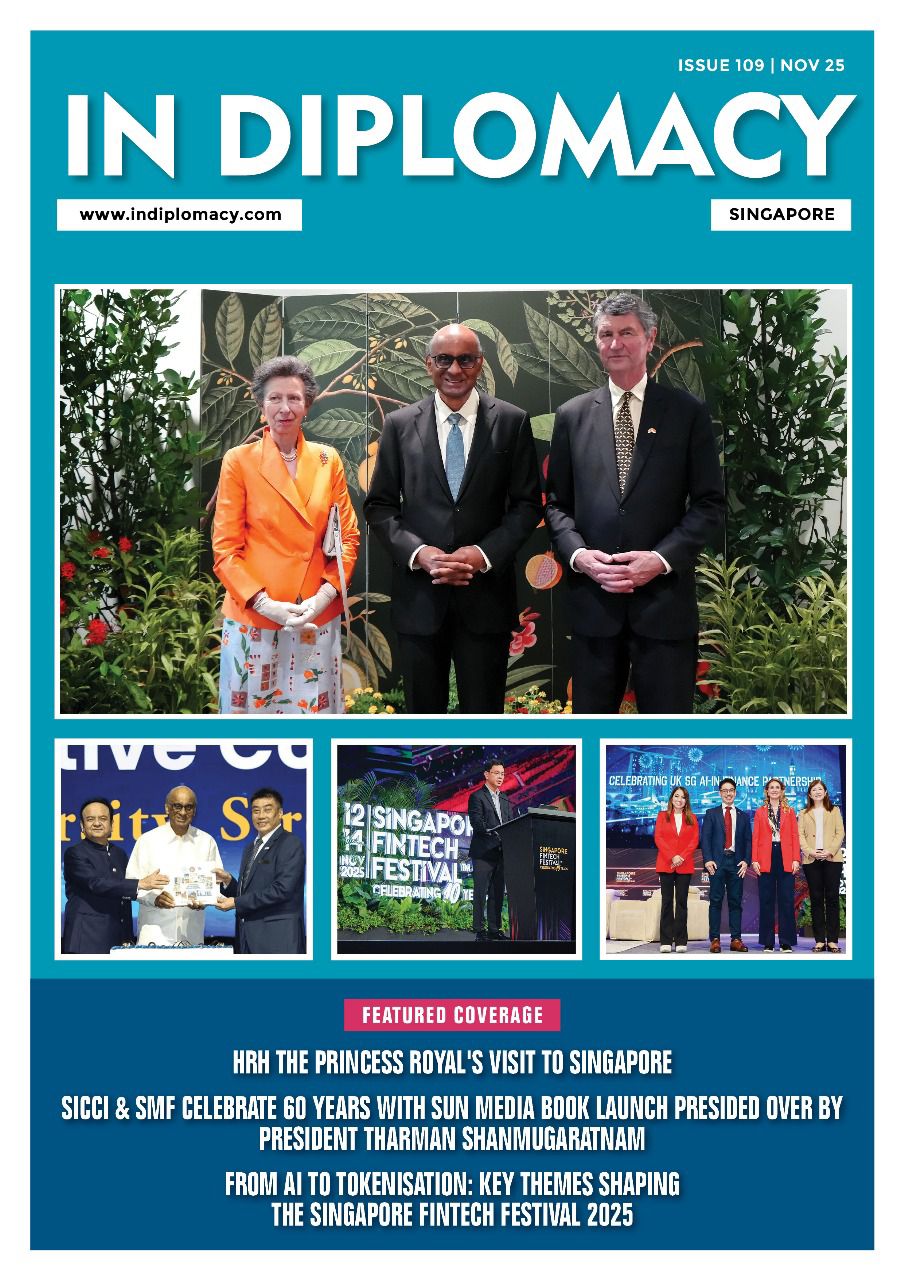
The 1st Spanish Language Week in Singapore showcases the vibrant Latin American culture and highlights the growing significance of Spanish as a global language.
In a vibrant celebration of the Spanish language and Latin American culture, the Embassies of Argentina, Chile, Colombia, Costa Rica, El Salvador, México, Spain, Panamá, Perú, and Venezuela joined forces to organize the 1st Spanish Language Week. This exciting event took place from 12th to 15th June at the Regional Library of Punggol in Singapore, captivating attendees with a diverse range of activities and performances.
Throughout the week, participants had the opportunity to immerse themselves in the rich tapestry of Latin American culture. Traditional dances, enchanting music, and captivating displays of art showcased the region’s colorful heritage. From the passionate rhythms of salsa to the graceful movements of tango, attendees were transported to the vibrant streets of Buenos Aires and beyond.
Adding an intellectual dimension to the event, the Spanish Language Week also featured engaging dialogues with scientists based in Singapore. This dialogue fostered connections between the scientific communities of Latin American countries and Singapore, encouraging knowledge-sharing and collaboration. By combining the cultural and intellectual aspects of the Spanish language, the event offered a holistic experience that captured the essence of linguistic and academic exchange.
The significance of the Spanish language on a global scale cannot be understated. According to a press release, approximately 496 million people worldwide speak Spanish as their native language, accounting for 6.3% of the world’s population. Spanish holds the distinction of being the second most widely spoken native language after Mandarin Chinese. When considering the potential user group, which includes native speakers, those with limited proficiency, and foreign language learners, the number surpasses a staggering 595 million people, representing 7.5% of the global population.
Projections indicate that the number of Spanish speakers will continue to grow significantly over the next few decades. By 2060, the United States is poised to become the second-largest Spanish-speaking country in the world, second only to Mexico. With an estimated 27.5% of the US population being of Hispanic origin, the linguistic landscape of the country will undergo a profound transformation. The economic impact of the Spanish-speaking population is also noteworthy, with their combined purchasing power accounting for approximately 9% of the world’s GDP.
Furthermore, Spanish plays a crucial role in language tourism, attracting travelers eager to explore the diverse cultures and landscapes of Spanish-speaking countries. Notably, almost half of the products imported by Spanish-speaking nations originate from countries where English or Chinese is predominantly spoken, showcasing the interconnectedness of the global economy.
The inaugural Spanish Language Week in Singapore not only served as a platform to celebrate the linguistic and cultural richness of the Spanish-speaking world but also highlighted the language’s increasing importance on a global scale. With the event’s success and the growing number of Spanish speakers worldwide, it is clear that the Spanish language is poised to shape future socio-cultural and economic landscapes, making it an invaluable asset in today’s interconnected world.















